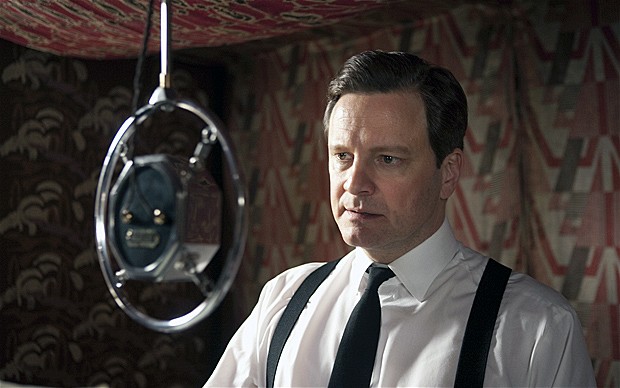We naturally use the muscles in our faces to express how we are feeling and have some thousands of unique expressions that we use every day. Very often we are not in control of our facial expressions as they happen extremely quickly, immediately in sync with how we feel or what we are thinking.
As a public speaker / business presenter you must be aware of your facial expressions as part of your non verbal communication techniques. They can seriously enhance what you are saying, change the way the audience feels about you and change the way you feel about a situation.
All of our facial expressions stem from one of the six basic human emotions:
- Joy – (happiness) – symbolized by the mouth turning upwards and the eyelids closing
- Surprise – symbolized by the eyebrows arching and the eyes opening wider
- Sadness – symoblized by the lowering of the mouth corners, the eyebrows descending and the eyelids drooping
- Anger – symbolized by eyebrows lowering, lips pressing firmly and eyes bulging
- Disgust – symbolized by the upper lip raising, nose bridge wrinkling and cheeks raising
- Fear – symbolized by the upper eyelids raising, eyes opening and the lisp stretching horizontally.
From these basic emotions we create our own adaptations and variations of these expressions which are all totally personal to us. From large expressions through to micro-expressions, our faces can communicate so much about how we feel. We are very good at noticing even the subtlest of communication in each other so it is very hard to hide how we are feeling.
If we can learn to take control of our expressions as well as learn to read them we can control the outcome of a situation better.
Learning to read micro-expressions to develop emotional intelligence
Being able to read micro-expressions is the key to heightened emotional awareness. Spotting micro-expressions will give you an edge in any social or business situation as well as helping you see these expressions in yourself. When you recognise these expressions in people it will enhance your empathy towards them and will help you to see the human side of them. You’ll then know the best way to respond to that person in order to make the situation as beneficial for both parties as possible. The key to noticing these micro-expressions is the ability to be truly present and focus on truly listening (with eyes and ears) to the person you are talking with. If you are focused you won’t miss a thing. If you’re distracted, looking at your phone, thinking of dinner plans for the evening, worried about what they are thinking about you, you’ll miss it all.
Learning to use facial expressions to enhance your story-telling
We all know how boring it is to listen to somebody talk with a monotone voice and a deadpan expression. Using facial expressions to tell stories and to explain things to colleagues enhances the experience for the other person. As the person speaking it is your job to entertain, inspire, encourage, warn or whatever the objective is of your speech / presentation. Raise your eyebrows as you deliver the great news that sales are up by 30%. Half close your eyes and look down as you tell the bad news that the company didn’t win the pitch. Look sad when you are telling somebody they are losing their job. Without the right expression you can give the wrong impression. If you do feel joyful making them redundant you need to put on a sorrowful face to make them feel as if you are truly sorry for the situation. Control your expressions to control the message.
Learning to use facial expressions to change the mood in the room
The brilliant thing about controlling your facial expressions is that you can control how you are feeling. Smile and you will feel happy. Frown and you will feel cross. Sneer and you will feel disgust. How often have you walked into a presentation or interview where the person opposite you or people in the audience are staring coldly, or frowning or looking hard at you? This inevitably makes us feel uncomfortable, unsure and more nervous. By smiling at them and by softening your face you can change how YOU feel. Watch as the person opposite you slowly but surely changes they way they look at you to be more friendly and warm, which will in turn make you feel at ease so you can wow them with your presentation.
By learning to control your facial expressions particularly in circumstances where you have the opportunity to prepare, you can totally control the situation to your benefit.
Sartaj Garewal is the founder of Dynamic Presenting – a creative, leadership development consultancy, adapting theatre training to create leadership programs for business.
Dynamic Presenting – Enabling Powerful Communication












